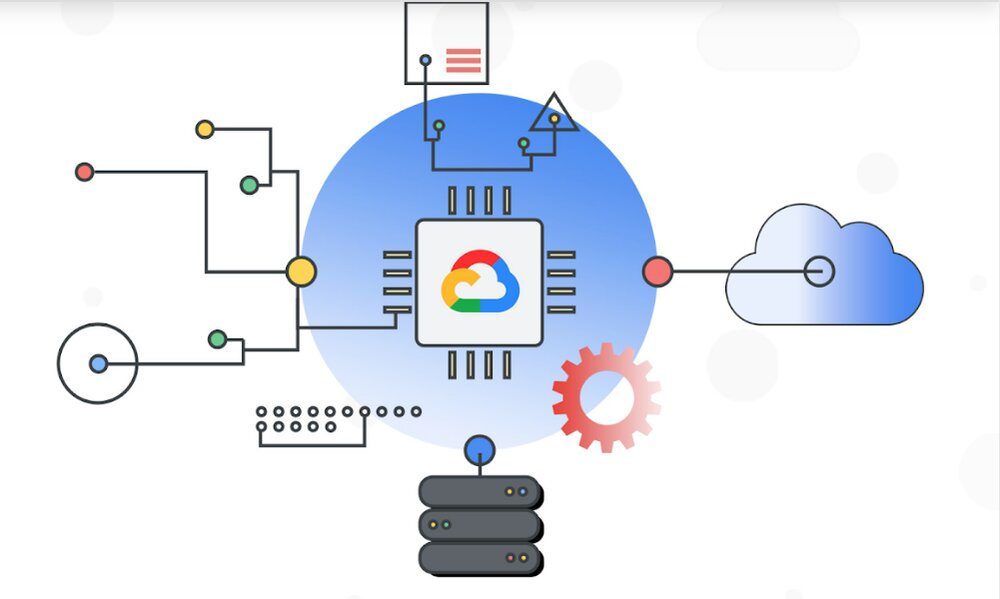
Google Cloud has announced the availability in testing phase of new virtual machines based on ARMin addition to a fully managed task scheduling system called Batch.
The virtual machines will be part of a new range of high-end virtual machines from Google: Tau. They are designed for workloads at scale, such as large Java applications, web servers, and media transcoding. They will be based on ARM’s Ampere Altra processors, and will offer high single-threaded performance, making them suitable for cloud-native workloads at scale.
As to batchIt’s about a fully managed task scheduling system and designed for applications that need high computing power. Batch tasks automatically manage their own compute resources, making it easy for customers to run thousands of tasks with a single command. It is designed, above all, for high performance computing tasks, Artificial Intelligence, machine learning and data processing. These include genome sequencing, multimedia rendering, financial risk modeling, and electronic design automation.
Both announcements have been made within the framework of the Google Cloud Spotlight event, in which several new aspects of the service have also been announced. Among them is price stabilization for Google Cloud’s Spot VM feature, which enables lag-tolerant workloads to run taking advantage of cycles in which Google’s machinery is idle at a significant discount from the price of Google Cloud’s Spot VMs. services on demand by the company.
Another novelty is Cloud TPU v4, learning pods that are now available to the general public through a new machine learning hub. In addition, Google Cloud has discussed new security features at the event, such as Confidential VMsthat is, confidential virtual machines.
Its main feature is that it is impossible to see the data in it. It can’t be done even with a debugger, as long as you’re outside of the trusted execution environment of the virtual machine itself. In addition, Google Cloud has unveiled a new Intrusion detection systemwhich uses machine learning to analyze threats and is capable of updating automatically on a regular basis.



